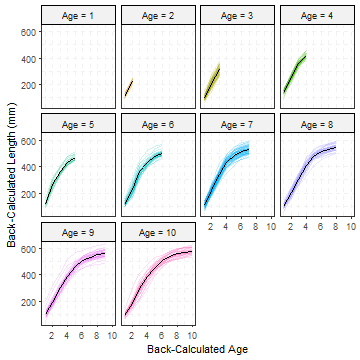
It is also included in many national red lists of endangered and protected fish species ( Drozd et al. As a consequence it was listed in European Fauna-Flora-Habitat and Natura 2000 directives (Annex II of the Council Directive 92/43/EEC), representing a species of European Community interest ( European Union 1992). In many European countries the weatherfish is classed as endangered due to habitat loss. This bottom-dwelling species burrows into soft substrates during dry periods or frosts ( Boroń et al. Typical habitats for weatherfish are slow-moving rivers, canals and drainage ditches, oxbow lakes and fishponds ( Meyer & Hinrichs 2000, Pekárik et al. Weatherfish inhabit warm, shallow waterbodies with substrates covered with a thick layer of organic matter, often overgrown by dense vegetation. 1758), the largest freshwater cobitid, naturally distributed through Central and Eastern Europe ( Kottelat & Freyhof 2007). One such species is the weatherfish ( Misgurnus fossilis) (L. Although the biology of most of European fishes is well characterised and described (for summary see: Kottelat & Freyhof 2007) some features of the life-history of widely distributed fish are still poorly understood. In fish, in contrast to poikilotherms, growth is indeterminate and shows enormous plasticity in response to the environment ( Wootton 1998). Somatic growth is the product of the input and output of energy resources ( Weatherley & Gill 1987). Understanding growth, in consequence, is a crucial step in describing the selective forces that shape teleost life-history evolution ( Wootton 1998). In teleost fishes, body size is a key characteristic ( Moyle & Cech 2000) and many life history traits, such as mortality rate and reproductive success, show strong correlations with this parameter ( Wootton 1992, Froese 2005). Multiple comparisons of the von Bertalanffy growth function parameter revealed difference between sexes and sites.īody size is the most important attribute of an organism, imposing limitations on many features of structure and function. Back-calculated estimates of TL fitted a von Bertalanffy growth function, though Taylor's criterion showed that the asymptotic length were overestimated. Its total length (TL) was predicted by an interaction between sex and age, as well as capture site and age.

In general, weatherfish grows isometrically (b = 3) and the intercept of the weight-length relationship differ between study sites but not between sexes. In both sites populations were dominated by 2+ (the River Ner) and 3+ (the Nowy Rów canal) specimens. Female lifespan was six years but the oldest males were four and five years. Weatherfish otoliths were small, elliptic (1.85 mm longer axes of the largest otolith) and the annuli were clearly visible. At both sites sex ratio did not differ from 1:1. The weight, length and sagittal otoliths of 166 specimens collected in April 2015 were measured for weight-length relationships, ageing and back-calculation of length at age. It has subsequently compressed to 23.1, a decline of 14%, as earnings outpaced the rise in prices, but remains 15% above its historical range of 10 to 20, he noted.The age and growth of weatherfish ( Misgurnus fossilis), an endangered and protected freshwater fish with a poorly known life history, was studied in two watercourses (the River Ner and the Nowy Rów canal, Poland).

Using trailing 12-month earnings, the price-to-earnings, or P/E, ratio for the S&P 500 moved from a low of 14 at the depths of the pandemic 27 at the start of 2021. During this recovery, however, the “compression” in earnings multiples has been slow and uneven, Chadha observed. Those types of soft valuation corrections are typically seen early in a recovery when earnings growth is rapid, he said. That’s because valuations can fall if rising stock prices are outpaced by earnings growth, shrinking the price-to-earnings ratio even as share prices rise. The large-cap benchmark is nearly double its level from the pandemic low set in March 2020.Ĭhadha noted that while equities are “very expensive,” that fact alone doesn’t require a large market correction. Major indexes logged weekly declines on Friday, with the S&P 500Įxtending a losing streak to five sessions, marking a pullback of just 1.7% from a record close hit on Sept. Here’s why it says a correction is overdue. Need to Know: This Wall Street firm is sticking to its S&P 500 price target. 2, 2018, according to Dow Jones Market Data. That’s the longest run without a pullback since a 404-day run that ended on Feb. Including Friday, the S&P 500 has gone 214 trading days without a 5% pullback, rising more than 33% over that stretch. The warning comes as Wall Street firms have expressed nervousness as equities continue to rally, pushing major indexes to all-time highs, without any significant pullbacks.


 0 kommentar(er)
0 kommentar(er)
